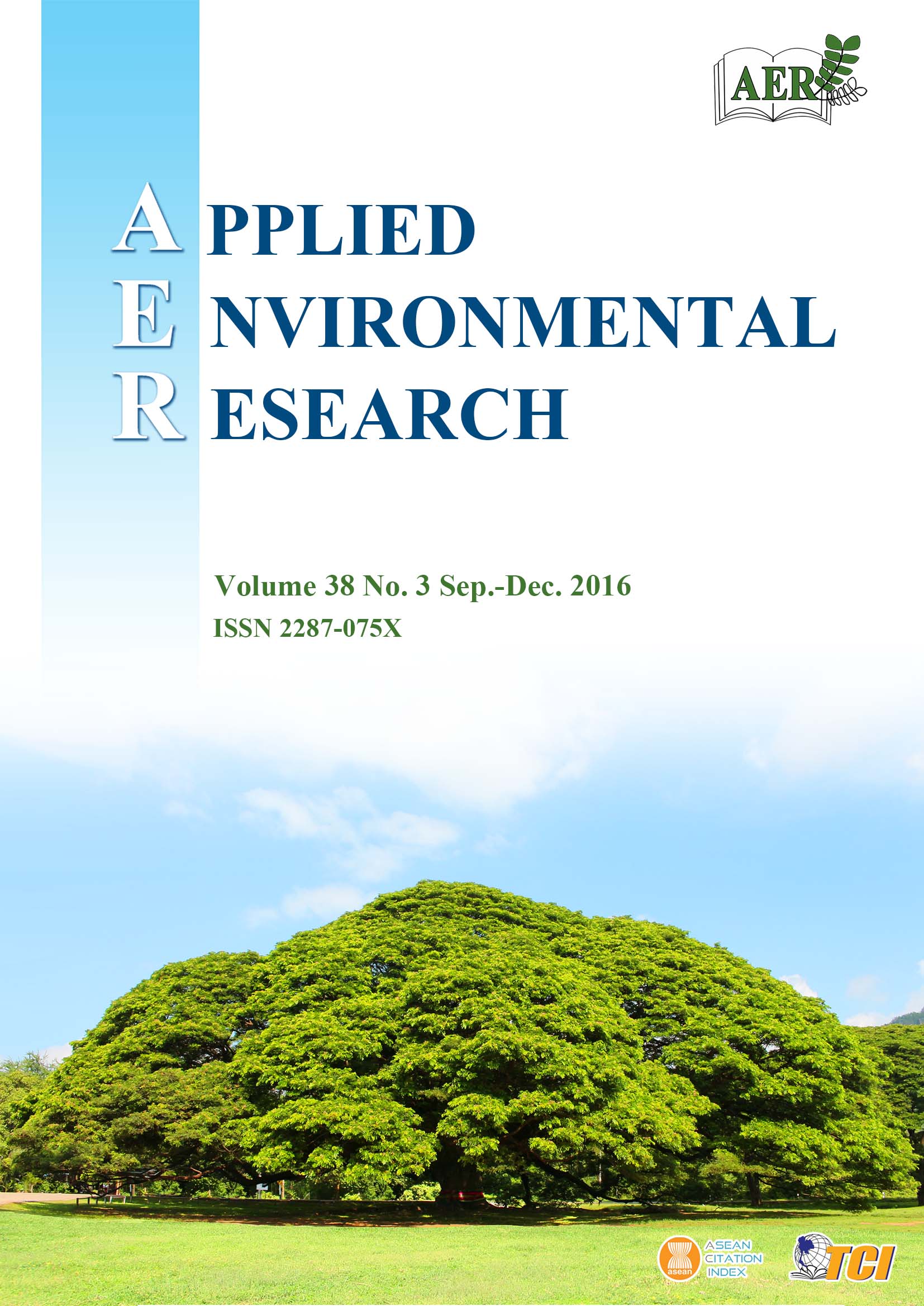Removal of Copper (II) from Aqueous Solutions Using Cuttlebone as Bio-adsorbent
Main Article Content
Abstract
Biosorption is an effective process for removal and recovery of heavy metal ions from aqueous solutions. In the present study, batch adsorption experiments were carried out for the removal of copper (Cu II) from aqueous solutions using cuttlebone powder (<100 µm) as a bio-adsorbent. The effects of initial pH, adsorbent dosage, initial concentration, and contact time on adsorption efficiency and capacity were studied to evaluate the optimum conditions for copper removal. The results found optimal conditions at initial pH of 5.0, 10 g L-1 cuttlebone, 500 mg L-1 initial concentration of Cu II in solution, and 150 min of equilibrium time. The Langmuir isotherm and pseudo-second order kinetic model were fitted to the experimental adsorption data. The maximum adsorption capacity calculated from the Langmuir isotherm was 54.05 mg g-1. This result shows that cuttlebone is an effective bio-adsorbent, constituting a promising, efficient, low-cost, and eco-friendly technology bio-sorbent for reducing copper pollution during wastewater treatment.
Article Details

This work is licensed under a Creative Commons Attribution-NonCommercial 4.0 International License.
Published articles are under the copyright of the Applied Environmental Research effective when the article is accepted for publication thus granting Applied Environmental Research all rights for the work so that both parties may be protected from the consequences of unauthorized use. Partially or totally publication of an article elsewhere is possible only after the consent from the editors.

